The devastating fires in Los Angeles County have left many in need, and thanks to our readers, we’ve been able to help. Because of your support, Napa Valley Features donated $300 in January to the Los Angeles Regional Food Bank. Due to the ongoing need and the generosity of our community, we’re extending this effort through February 15, with 10% of all new paid subscriptions going toward relief. Your support truly makes a difference — thank you.
NAPA VALLEY, Calif. — I’m a longtime fan of wild mushroom foraging, having been introduced to it while living in the South of France, where foraging is practically a competitive sport. I was fortunate that two of my neighbors, one anxious to induct me into the traditional ways of Provence, the other, who didn’t drive, eager to have someone to take her to the nearby forest to forage. In return for being an enthusiastic student on the one hand and a competent driver on the other, I was rewarded with the knowledge of the secret places where the local fungi grew, how to locate them and how to harvest them. Most importantly, I was taught which ones were poisonous.
I was happy to discover that my French mushroom experiences finding king boletes (porcini), chanterelles, puffballs, oyster and hedgehog mushrooms could be translated here to Northern California, where I’ve continued to forage for wild mushrooms whenever possible, mostly along the coast from San Francisco to Fort Bragg, with interior forest forays as far as Modoc County. However, being very cautious, I’ve only gone out with experts and professionals or had my finds verified by an expert.
Never eat wild mushrooms unless they have been identified as edible by an expert.
Mistaken fungi identity can be deadly. In France there is an excellent system provided free by local pharmacies. You bring your finds to the pharmacy counter, where they will be professionally identified by the pharmacist, and of course, commented on by the other customers. Here, without such a service, I recommend contacting regional mycological societies.
In Northern California the mushroom season arrives in late fall after the first rains and continues into spring. However, the extent of the crop and locations varies from year to year, largely dependent upon rainfall.
In California it’s best to inquire about mushroom-gathering on public lands such as state and national forests. There may well be fees and regulations as to amounts and designated areas, as in Jackson State Demonstration Forest in Mendocino County, an excellent location for foraging. I’ve even found several edible types on my own property. Morels are especially prolific in spring in areas that have experienced a wildfire. The caveat, no matter where you are, remains the same: Never eat wild mushrooms unless they have been identified as edible by an expert.
However, you don’t have to forage yourself to cook with interesting mushrooms. Because of advances in the commercial production of mushrooms once only found in the wild, such as lion’s mane, oyster mushrooms and shiitake, once exotic mushrooms can now be found in most produce sections and farmers markets. In season, there are also wild chanterelles, black trumpets and morels, foraged by professionals.
In France, there is an excellent system provided free by local pharmacies. You bring your finds to the pharmacy counter, where they will be professionally identified by the pharmacist, and of course, commented on by the other customers.
Recommended Reading
“The Wild Mushroom Cookbook” by Alison Gardner and Merry Winslow
“Mushrooms Demystified” by David Arora
“Mushrooms of the Redwood Coast – A Comprehensive Guide to the Fungi of Coastal Northern California” by Noah Siegel and Christian Schwarz
Resources and Foraging
If you are interested in joining guided forays and learning more about wild mushrooms – how to identify them, clean, prepare and cook them, The Mycological Society of Marin County, Sonoma County Mycological Association and the Bay Area Mycological Society are organizations that can offer this and so much more.
Shopping
Lion‘s Mane Mushroom Steak
My first experience with these was just a few years ago, when a friend gave me one. Since I didn’t really know what to do with it, I opted for the basic mushroom cooking technique: Sauté in butter with a little salt and pepper. Because it was large and looked like a cauliflower, I decided to slice it, lengthwise, into steaks, like I would a cauliflower. It was golden brown in a few minutes, and I cannot describe the utter deliciousness of each firm, intensely flavored bite. Serve it as an appetizer, a first course or a side dish to grilled meats. For best quality, choose lion’s manes that are white, unblemished and not yellowed.
Morel Mushrooms and Steak à la Crème
I found my first morel mushrooms in Modoc County in the far northeastern corner of California. The morels’ distinctive cone-like shape covered with craters makes them hard to miss if you are in one of their habitats. This is a dish to splurge on, especially when fresh morels are in the peak of their season in late winter through spring. However, the sauce can also be made with dried morels and is good with any steak or even lean ground sirloin. Serve these with your favorite potato dish and a simple green salad.
Warm Wild Mushroom and Radicchio Salad
This salad readily accommodates any type of mushrooms. I particularly like it with chanterelles or porcini, when available, or a mix of shiitake and brown mushrooms.
WARM WILD MUSHROOM AND RADICCHIO SALAD
Start to finish: 40 minutes
Servings: 4
1 pound wild or mixed wild and cultivated mushrooms, or cultivated mushrooms
1 tablespoon unsalted butter
6 strips bacon, cut crosswise into ½-inch pieces
1 shallots, minced, about ½ cup
2 tablespoons extra-virgin olive oil
2 tablespoons sherry vinegar
1 tablespoon whole-grain mustard
Sea salt and freshly ground black pepper
1 head radicchio, cored and leaves separated, large leaves torn into bite-size pieces
1 cup arugula
Remove any tough stems from the mushrooms. If large, thickly slice. If small, leave whole. In a large frying pan over medium high heat, melt the butter. When it foams, add about two-thirds of the shallots and sauté until translucent, about 5 minutes. Add the mushrooms and sauté until they are tender and the moisture they have produced has evaporated, about 6 to 8 minutes.
Meanwhile, in another large frying pan over medium-high heat, cook the bacon, stirring occasionally, until browned and crisp, about 6 minutes. Remove from the heat and stir in the remaining shallots, the oil, vinegar and mustard. Keep warm.
Transfer the mushrooms to a large bowl, add the bacon mixture and toss the mix. Season to taste with salt and pepper. Add the radicchio and arugula and toss to coat the leaves well with the dressing.
Serve warm.
Todays’ Polls
If today’s story captured your interest, explore these related articles:
Weekender Encore: Blood, Sweat, Tears and Passion – Creating the BottleRock Lineup
Under the Hood: Napa’s Fatted Calf and the Revival of Charcuterie
Explore all Napa Valley Features stories on our main page.
Georgeanne Brennan is an award-winning cookbook author who divides her time between her farm in Northern California and a home in Provence. Learn more about her at her website.
Poems of the Day
The Many Lives of Mushrooms
Mushrooms emerge from the damp earth like secrets, growing in silence and thriving in shadow. They have inspired poets for centuries — some drawn to their culinary allure, others wary of their deadly whispers. From their fleeting appearance to their hidden connections beneath the soil, mushrooms are nature’s enigmatic storytellers.
1. The Mystery of Growth
Sylvia Plath captures their quiet, almost conspiratorial presence in this excerpt:
"Overnight, very
Whitely, discreetly,
Very quietly"
(“Mushrooms” Sylvia Plath)
Like thoughts taking root in darkness, mushrooms bloom without fanfare, emerging from decay with a quiet insistence. They belong to the forest floor, to the unnoticed corners of the world, yet they command attention through their ghostly proliferation.
2. The Connection Beyond the Soil
Emily Dickinson gives mushrooms an almost mischievous, otherworldly character:
"Had Nature any supple Face
Or could she one contemn –
Had Nature an Apostate –
That Mushroom – it is Him!"
(Emily Dickinson, Poem 1350)
Beneath our feet, fungi form an invisible web, linking trees, roots and soil in a vast underground network. This mycorrhizal system allows forests to communicate, share nutrients and thrive. Dickinson’s whimsical portrayal hints at the hidden power of mushrooms—small yet significant, secretive yet essential to life itself.
3. The Culinary and Poisonous Duality
The Death Cap mushroom is a master of disguise, often mistaken for something harmless. This excerpt from “Death Cap” by Faith Shearin captures its deception and the peril of misidentification:
"On the umbrella caps or the thin white gills
you could miss some telltale sign—the partial veil around a stem, say, or
white spores, the Sprouting Amanitapretending to be a Young Puffball
and then, days laterthe lethal symptoms would begin: burning
thirst, blurred vision,your heartbeat growing
dangerously slow."
(Faith Shearin, “Death Cap,” Scientific American, 2022)
The allure of mushrooms has long been tied to both nourishment and danger. Some, like chanterelles and porcinis, offer the taste of rain-soaked forests, while others, like the Amanita phalloides — the death cap — can bring a swift and fatal end.
Mushroom hunters have long walked the fine line between knowledge and folly, their baskets filled with the potential for both feast and fatality. They study the gills, the spore prints, the scent of the earth clinging to each cap.
Mushrooms remind us that nature offers gifts with conditions. To eat is to trust, to learn, to respect the unknown. In every bite, there is history. In every hunt, there is risk. And in every poet’s line, there is awe for what grows unseen, waiting.
—
Are you a poet, or do you have a favorite piece of verse you'd like to share? Napa Valley Features invites you to submit your poems for consideration in this series. Email your submissions to napavalleyfeatures@gmail.com with the subject line: "Poem of the Day Submission." Selected poets will receive a one-year paid subscription to Napa Valley Features (a $60 value). We can’t wait to hear from you.
Levity Corner
Caption contest: Pick your favorite caption or add your own in the comments below.
Possible Sign Captions:
"Trust Your Instincts.”
"This Sign Knows Something You Don’t."
"A Few Have Gone This Way Before.”
"The Path Less Traveled.”
“Are You Sure?”
Last week’s contest results
In “Sunday E-dition: A Chicken in Every Pot,” the winning caption was, "The true face of compromise” with 40% of the votes.
“The true face of compromise."
"Opposites attract, but no one said it would be this uncomfortable."
"‘Meet in the middle,’ they said. This is the middle?"
"Together, we’ve mastered the art of the perfect storm."
"And I’m the dramatic one?"
Last Week
Tim Carl reported on the growing threat of the Mediterranean oak borer in "The Silent Invasion: The Mediterranean Oak Borer’s Threat to Napa Valley’s Iconic Oaks." Arborist Juan Esteban Restrepo and consulting arborist Bill Pramuk have been tracking the invasive beetle’s spread, which has been damaging valley and blue oaks since its detection in Calistoga in 2019. Unlike Sudden Oak Death, which is regulated at the state level, MOB remains largely unmonitored, exacerbating its rapid expansion through infested firewood and untreated wood materials. Restrepo emphasized that drought, climate change and fire damage have left Napa’s oak woodlands especially vulnerable, while Pramuk noted the absence of effective chemical treatments. Experts advocate for better tree health management, early detection and stronger regulations to slow the beetle’s impact.
In "Weekender Encore: Climate Action and Sustainability," Linda Joshua explored the Napa ArtWalk’s 8th biannual exhibition, which featured nine sculptures addressing environmental themes. Works like Jacob Burmood’s “Crumple and Flow” emphasized resource conservation, while Peter Hassen’s “Cycles 3: Extinction” highlighted species impacted by climate change. Other pieces, including Patricia Vader’s wind-powered “The Windmills of Your Mind” and Allison Newsome’s rainwater-harvesting “Bee Violet” underscored themes of energy and sustainability. The exhibition encouraged public engagement with climate issues through art, reinforcing Napa’s commitment to environmental awareness.
Kathleen Scavone examined efforts to restore Chinook salmon populations in the Napa River in “Salmon, Napa River's Iconic Fish Species.” Early winter rains created favorable conditions for spawning, while conservationists worked to remove artificial barriers that hinder fish migration. The Napa County Resource Conservation District’s Fish Barrier Plan, supported by a $6.7 million grant, helped open miles of habitat by eliminating obstacles such as dams and road crossings. Environmental scientist Martin Perales noted that while current salmon numbers are far below historic levels, ongoing restoration efforts offer hope. The annual Chinook spawner survey continues to track fish populations and inform conservation strategies.
Cindy Watter discussed troubleshooting lemon tree issues in “Let UC Master Gardeners Help With Your Plant Problems.” She shared how the UC Master Gardeners of Napa County offer a free help desk and online resources to assist home gardeners. Using the Plant Problem Tool, she identified possible causes of yellowing leaves, including nutrient deficiencies and improper watering. She also emphasized the importance of soil testing, mulching and proper fertilization for healthy citrus trees. A well-established lemon tree’s success, she noted, often depends on deep roots, good soil and beneficial insects.
Dan Berger explored the science behind wine aromas in “What’s That Smell?” He explained how specific chemical compounds influence wine’s scent, from the green bell pepper notes in cabernet sauvignon to the black pepper spice in cool-climate syrah. Some aromas, such as the petrol-like scent in aged riesling or the minty notes once found in California cabernets, are appreciated by enthusiasts but misunderstood by newcomers. He also detailed how winemakers manipulate aromas through vineyard practices and fermentation techniques. While some consider wine a romantic mystery, Berger highlighted the deep scientific knowledge required to craft high-quality wines.


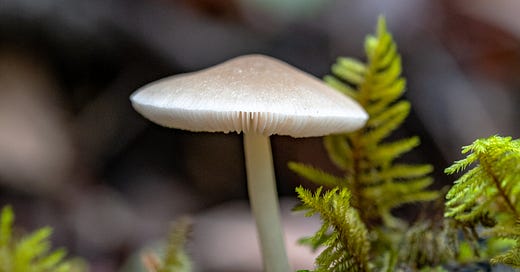


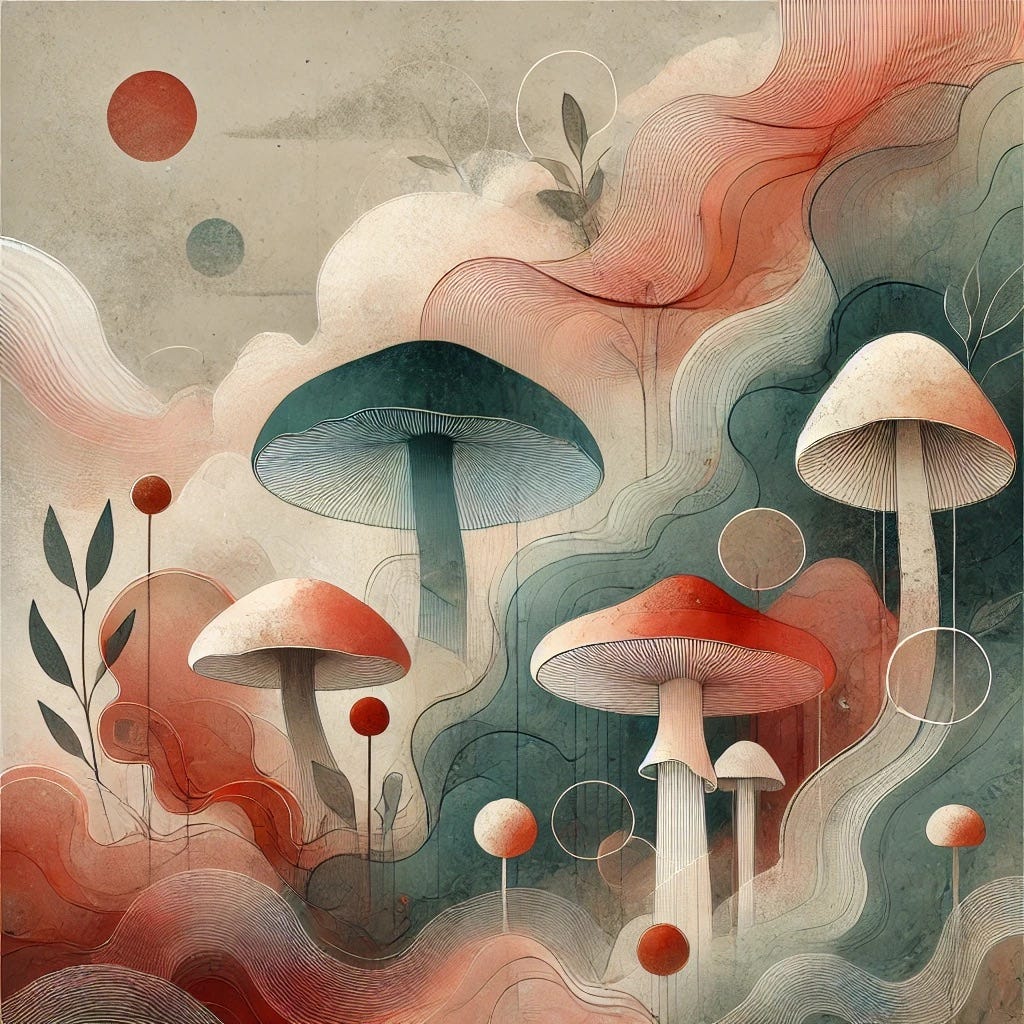

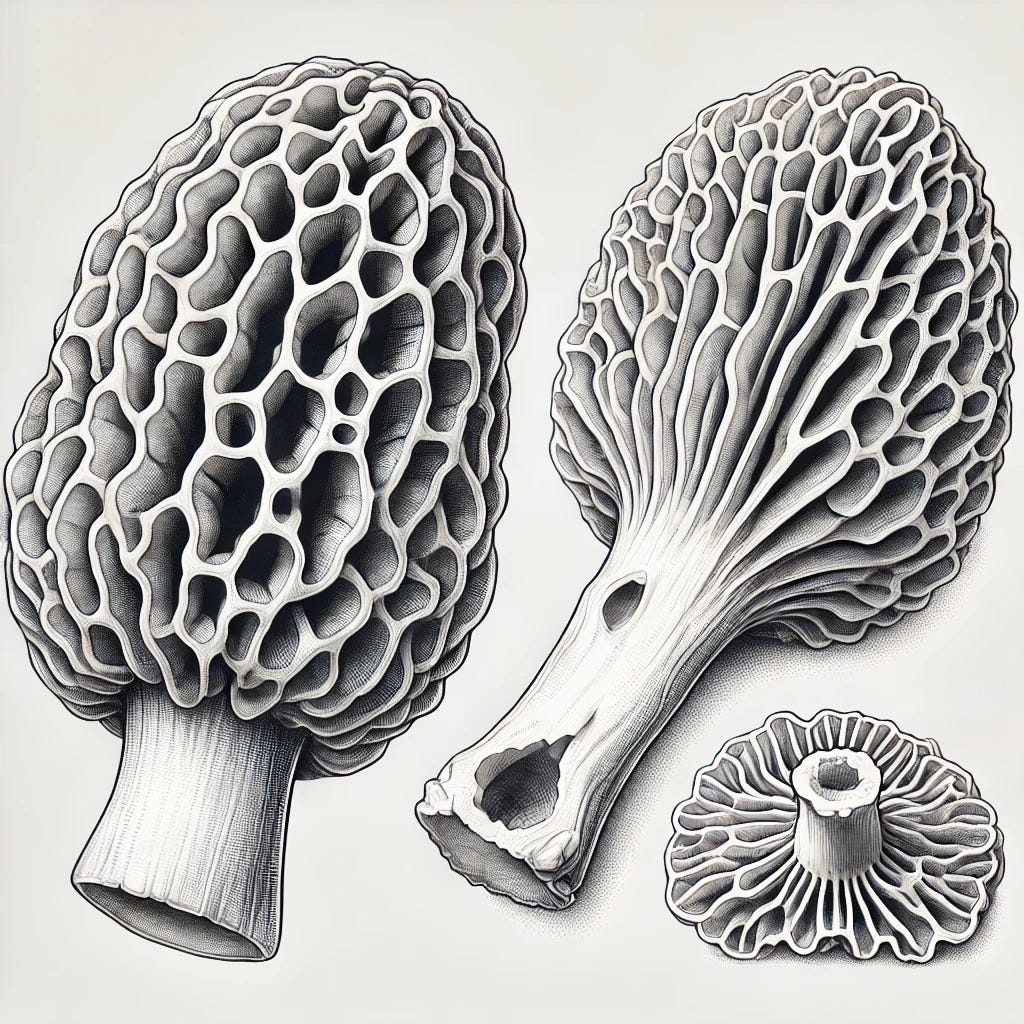
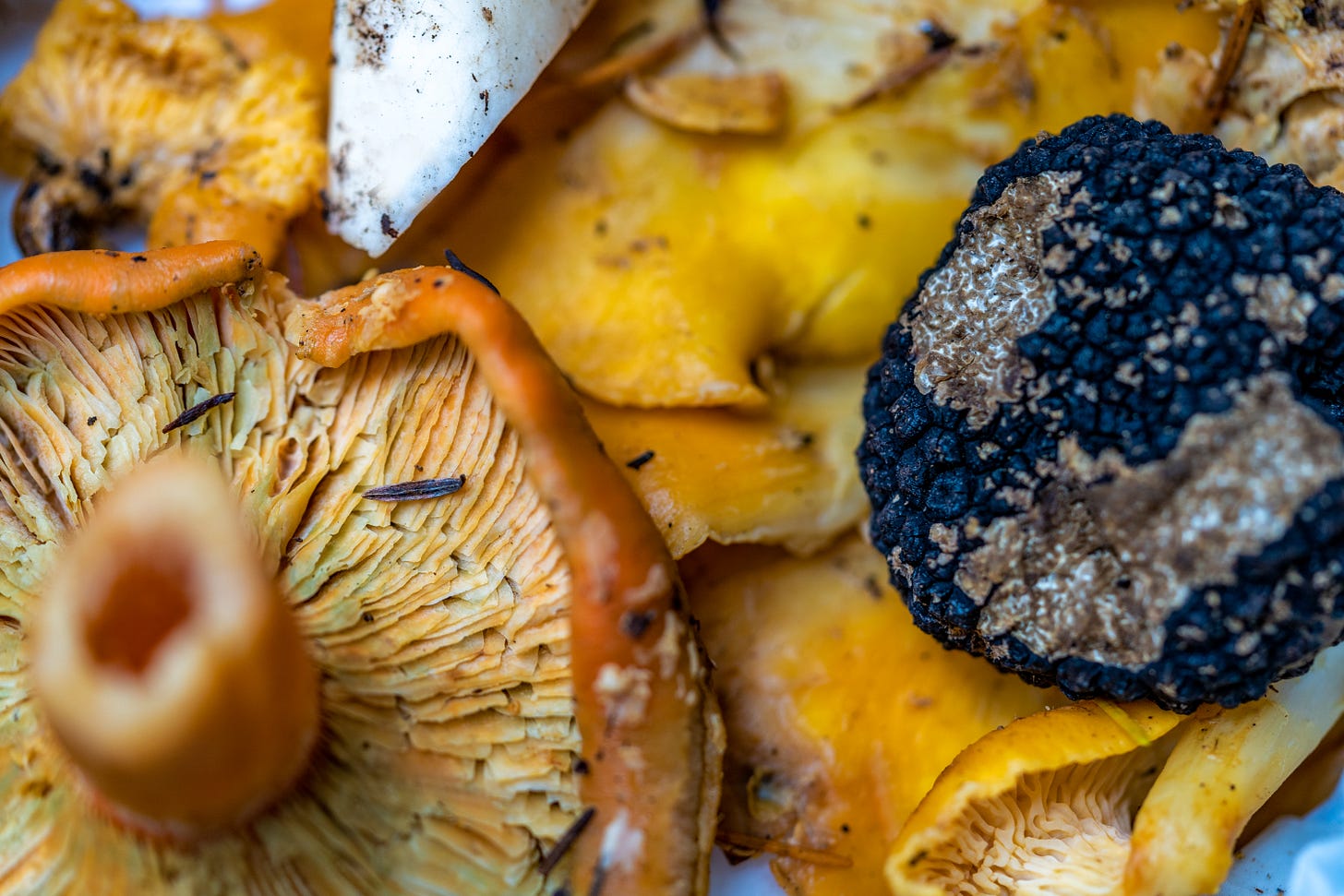
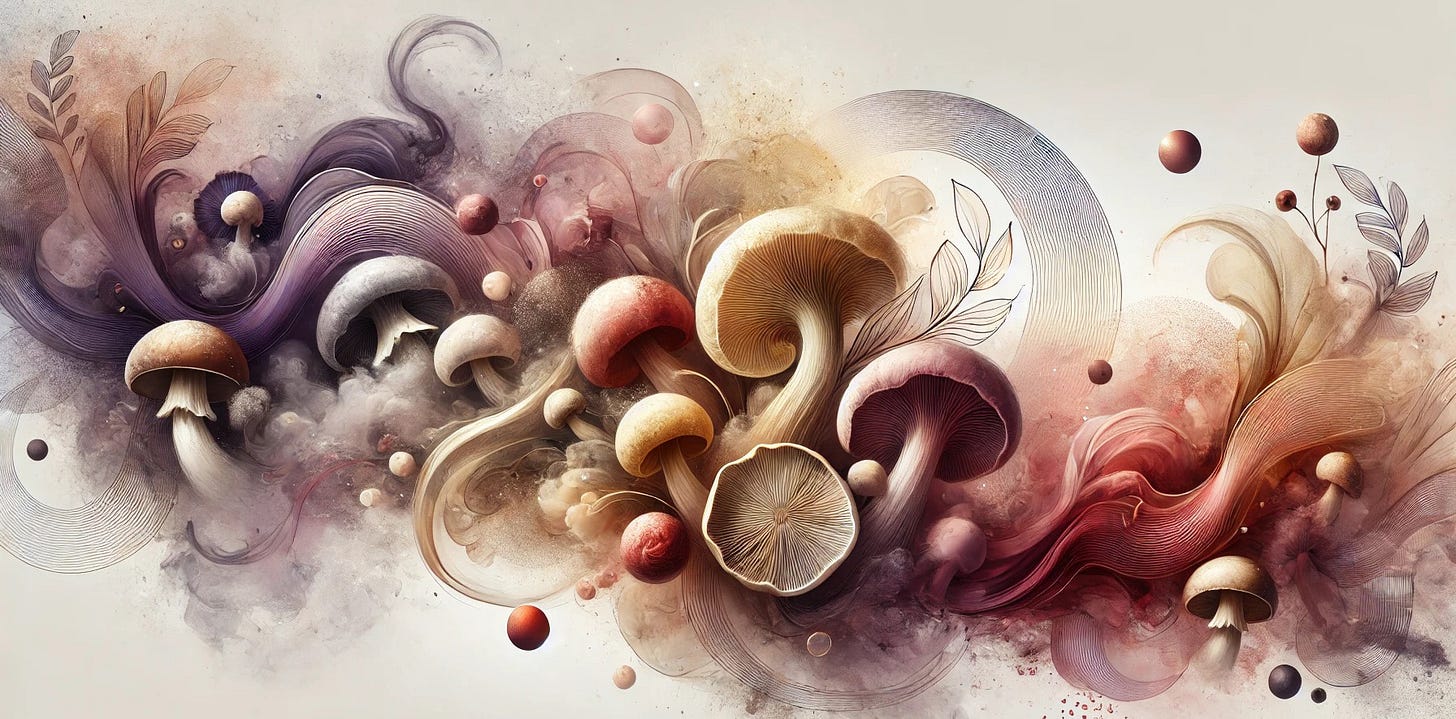
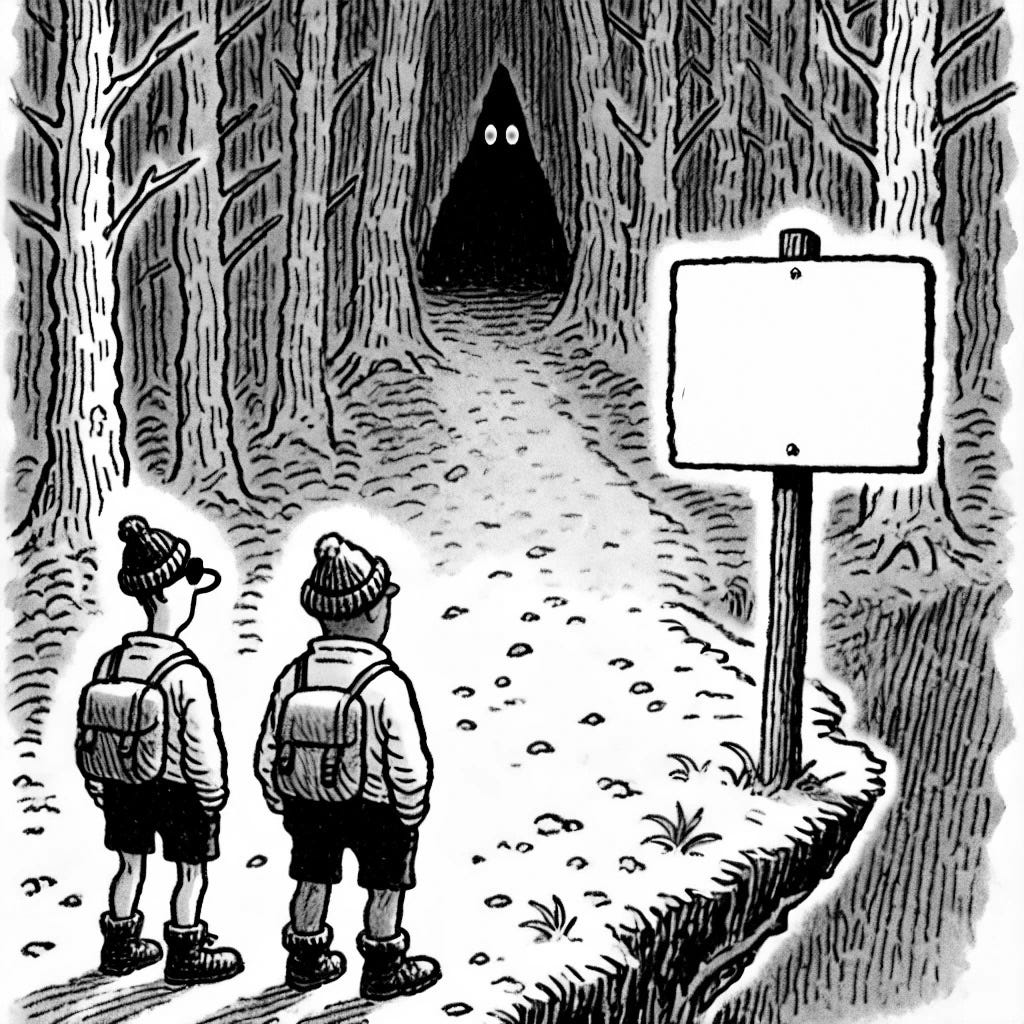


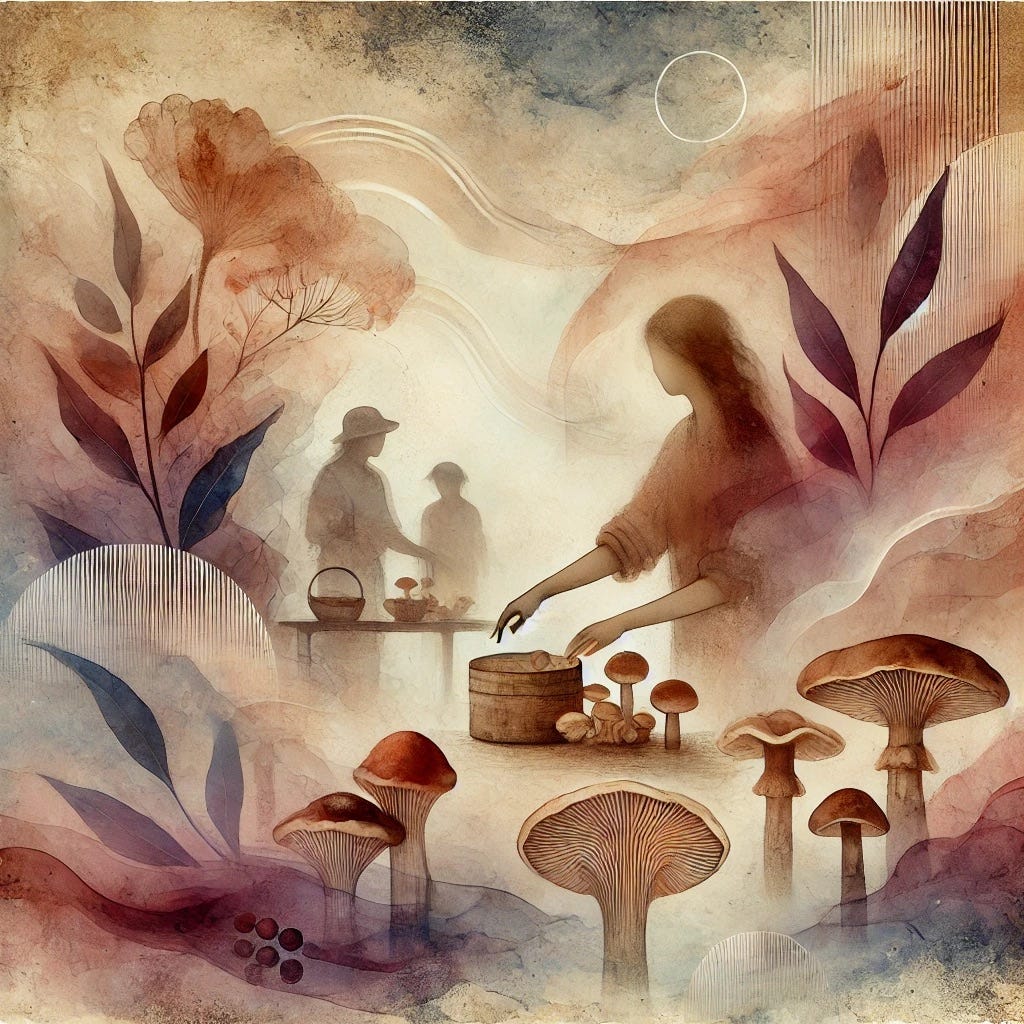
I worked years ago with a woman whose relatives went mushroom gathering. 2 of 3 died. they were the wrong kind
Little River Inn has a golf course behind the Inn, so we decide to play a round. Hoofing the course, we were soon overtaken by a golf cart foursome who teed the balls then immediately drove into the surrounding forest. Rejoined the course with huge white mushrooms in hand, coccora gold.